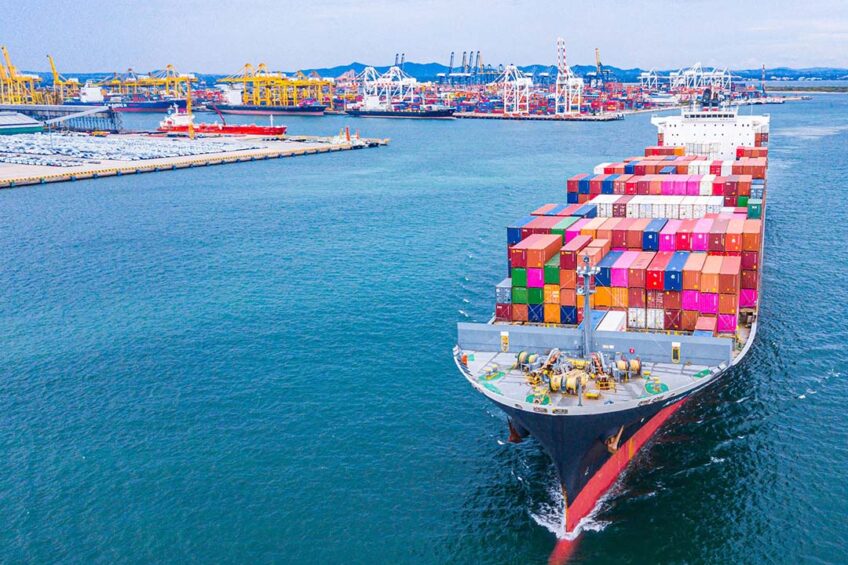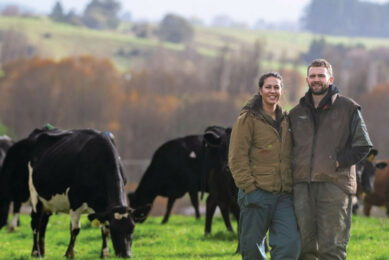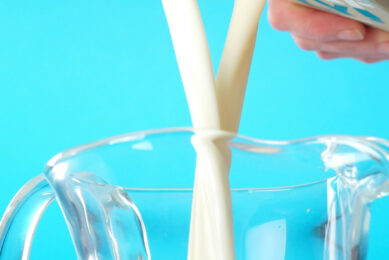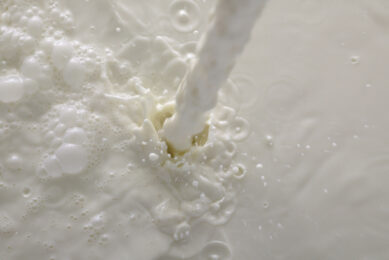EU-New Zealand FTA: More possibilities for dairy but restrictions remain

The EU-New Zealand Free Trade Agreement (FTA) entered into force on 1 May. This is a boost for the dairy sector in New Zealand because the possibilities for export to the EU have been expanded. But dairy exports remain restricted.
New Zealand signed a free trade agreement (FTA) with the European Union on 9 July 2023 in Brussels. From 1 of May 2024, duties were removed on 91% of New Zealand’s goods exports to the EU. This percentage will rise to 97% after 7 years.
For dairy and meat, tariffs will remain, but there is be an increased quota volume, with reduced in-quota tariff rates. Quotas will also increase over time. New Zealand exporters are expected to save around NZ$100 million (US$60.4 million) per year on tariff elimination alone, with most of these savings starting to accrue from the day the agreement entered into force.
According to New Zealand Trade Minister Todd McClay, New Zealand’s prosperity depends on international trade, making up 60% of the country’s total economic activity. “This is a significant achievement for New Zealand and follows more than 15 years of lobbying, persuading and negotiating,” he says.
The agreement will increase market access for New Zealand exporters and contribute to the government’s ambitious target of doubling exports by value in 10 years. The EU is New Zealand’s fourth-largest trade partner, with 2-way goods and services trade worth NZ$20.2 billion (US$12.1 billion) in 2022, accounting for 10.3% New Zealand’s total trade in goods and services.
Sensitive EU agricultural products
Thanks to this deal, the EU says, EU exports are potentially growing by up to €4.5 billion annually. EU investment into New Zealand has the potential to grow by up to 80%. EU farmers will benefit from the elimination of tariffs on key EU exports such as pig meat and wine. But sensitive EU agricultural products such as dairy products and beef are protected with carefully designed tariff rate quotas.
Not all parties are positive about the trade deal. Earlier, dairy giant Fonterra said that outcomes for dairy are very disappointing and reflect the degree of protectionism which continues to afflict dairy trade globally and particularly amongst the EU dairy industry.
Fonterra says that the agreement provides some small pockets of access for certain products over time. “But overall commercial opportunities for products such as butter, cheese, milk powder and key proteins are constrained relative to the size of the EU market by a combination of small permanent quotas, in-quota tariff rates, and quota administration requirements.
“At the same time, the outcomes for the EU on geographical indications mean that Fonterra, alongside other New Zealand cheese producers, will no longer be able to use the term ‘Feta’ after a transition period of 9 years. Fonterra has, however, retained the ability to use the terms Parmesan and Gruyere.”
Cheese and butter
According to analyst Matt Darragh of the Agriculture and Horticulture Development Board in the UK, the current tariff rate quota for cheese (cheddar and cheese for processing) for NZ export to the EU was 6,021 ton, with a tariff of €170.60 per tonne.
Under the FTA, New Zealand will have access to a tariff rate quota of 8,333 tonnes from day 1, rising to 25,000 tonnes by year 7 after entry into force. There will be no in-quota tariff; however, any exports of out-quota will be subject to a tariff of €185.20 per tonne. New Zealand cheese exports have been relatively low, as the tariff was quite restrictive, so the quota has not been utilised.
For butter, New Zealand now also has access to an additional tariff rate quota starting at 5,000 tonnes in year 1, rising to 15,000 tonnes by 2031. The in-quota tariff will also reduce from 20% of the MFN rate – the rate for quantities outside the quotas – in year 1 to 5% of the MFN rate in 2031. New Zealand will still have access to the WTO quota of 35,000 tonnes at a varying in-quota tariff from 5% to 30% of the MFN rate depending on the amount of product exported.
Milk powder
Exports of New Zealand butter into the EU have not surpassed the WTO quota in the past 10 years, and recently have not fulfilled at least 50% of the available quota. Butter exports were strong in 2013 at just under 50,000 tonnes but have subsequently fallen to just under 10,000 tonnes in 2023.
For milk powders, New Zealand did not have any preferential access to the EU. But now, New Zealand will be able to export milk powder products to the EU under a tariff rate quota, starting at 5,000 tonnes in year 1, rising to 15,000 tonnes by 2031 with an in-quota tariff of 20% of the MFN rate. Export of New Zealand milk powder was always much smaller in comparison to other dairy products, probably due to lack of preferential access to the EU.
For dairy processed animal proteins and high protein whey, New Zealand did not have any preferential access to the EU. Following the FTA, New Zealand will be able to export 3,500 tonnes of dairy processed animal proteins and high protein whey duty free by 2030 with no in-quota tariff.
Join 13,000+ subscribers
Subscribe to our newsletter to stay updated about all the need-to-know content in the dairy sector, two times a week.










